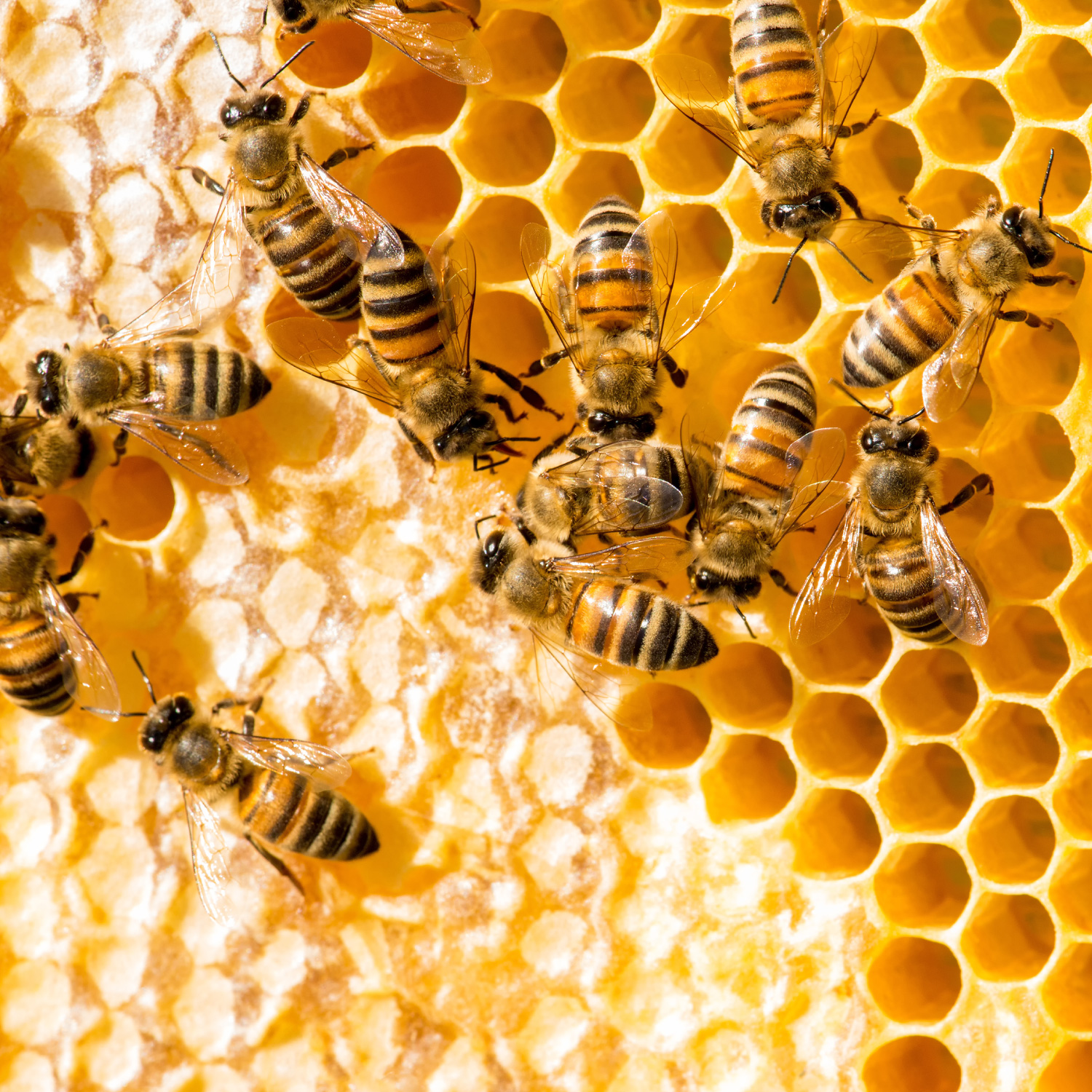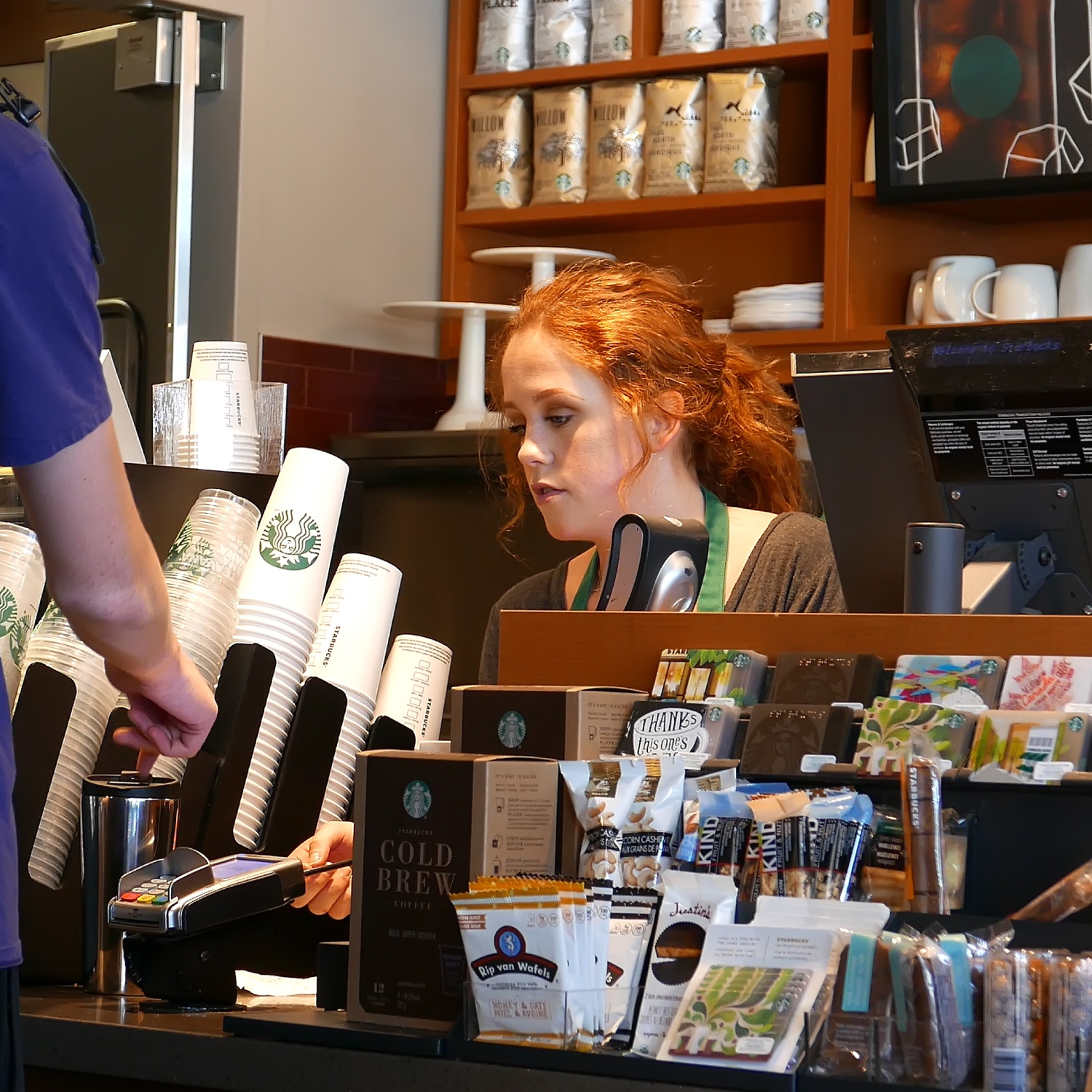Systems in their own right
Each of these items consists of various components that work
together in a coordinated manner to achieve specific goals. For
example, the inner workings of a watch consist of gears,
springs, and a balance wheel that work together to keep accurate
time. The components within a beehive, such as the honeycomb,
queen bee, and worker bees, work together to produce honey and
maintain the health of the hive. Similarly, the components
within Starbucks, such as the coffee machines, baristas, and
seating arrangements, work together to create a welcoming
environment and provide high-quality coffee and a positive
customer experience.
Subsystems of larger systems
Each of these items can be seen as subsystems of larger systems.
A watch is a subsystem of a larger system of time management,
where people use various tools and techniques to manage their
time effectively. A beehive is a subsystem of a larger system of
pollination, where bees play a vital role in helping to
pollinate flowers and plants, which in turn supports the broader
ecosystem. Starbucks can be seen as a subsystem of a larger
system of the economy or even socialization and
community-building, where people come together to connect, share
ideas, and build relationships.


